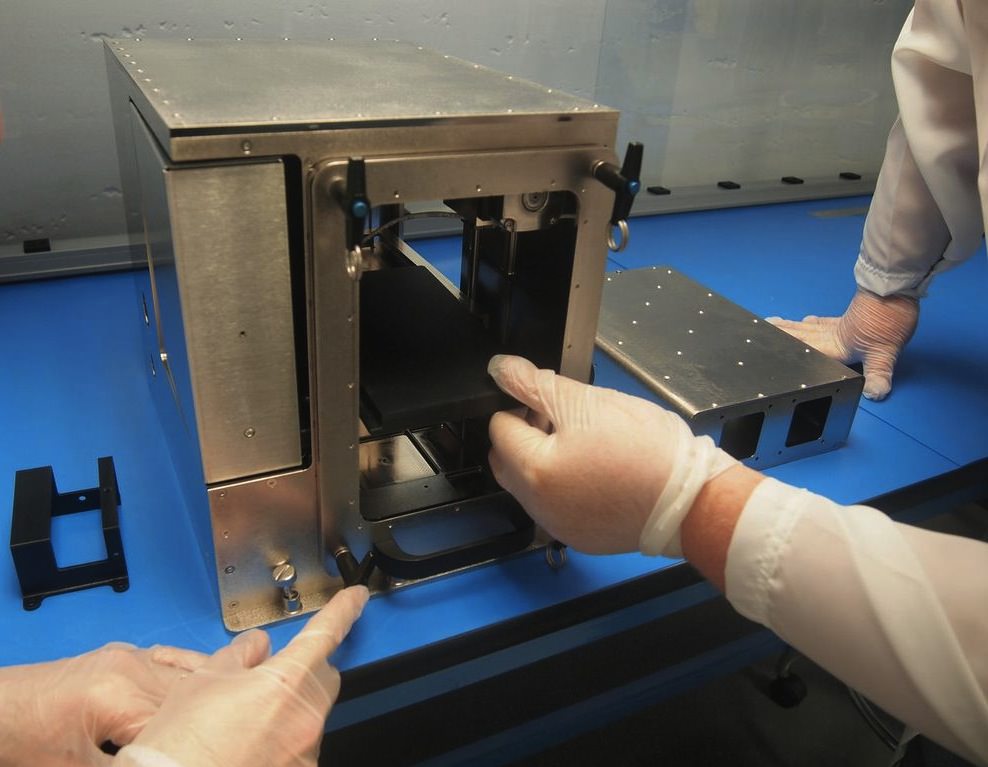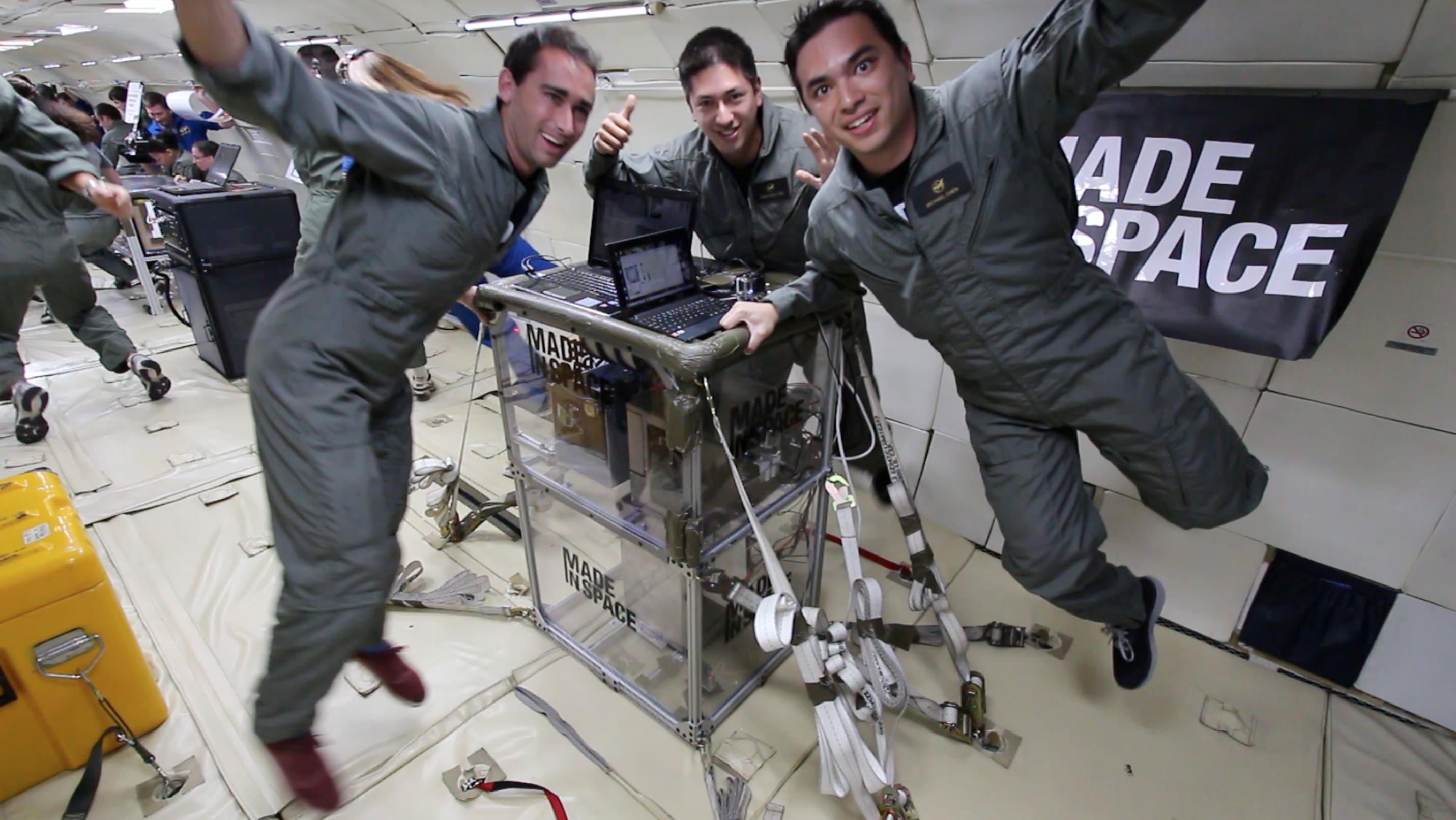The joke about home renovation projects is it takes at least three trips to the hardware store to finish the work. In space, of course, spare parts are a lot harder to come by, meaning astronauts might have to wait for a spacecraft shipment, if, say, the toilet breaks. (Yes, this yucky situation has happened before.)
Some spare parts could be manufactured in space as early as next year, though, providing a 3-D printer passes all the preliminary steps. It recently got a big boost in that direction after passing its microgravity tests successfully, but there are still environmental tests to come, said the company that was behind the work.
“The 3-D printer we’re developing for the ISS is all about enabling astronauts today to be less dependent on Earth,” stated Noah Paul-Gin, the lead for the microgravity experiment.
“The version that will arrive on the ISS next year has the capability of building an estimated 30% of the spare parts on the station, as well as various objects such as specialty tools and experiment upgrades.”

The firm tested the printer during four flights that, in part, simulated microgravity. They were on a specially designed airplane that flies parabolas, meaning it climbs and then briefly simulates, roller-coaster style, microgravity during the plunge before climbing again. (Each microgravity test is only about 30 seconds long.)
“The unique challenges posed by off-Earth 3-D printing require technology and hardware specifically adapted for space. In these microgravity tests, Made in Space assessed layer adhesion, resolution and part strength in the microgravity environment,” the company added.
After Made in Space received a contract for the 3D printer a couple of years ago, it flew three prototype versions that collectively were in microgravity 32 times.
If this printer makes it to space and performs well, it will add to the excitement of 3-D printing that has been swirling around the space community lately.
A study led by NASA recently investigated the possibility of using 3-D printing in association with creating robots to work on asteroids. Astronauts on the station could also have a food replicator of sorts on board the station, too, if a grant awarded to Systems & Materials Research Corperation this May pans out.
Source: Made In Space


“Made in Space” missed the opportunity to point out that this will be the first ever 4-D printer!
– A 4-D printer?
– See, this cogwheel was printed an hour ago above Sahara, while that button over there was printed over China …
Made in China. Larrson made a funny? No way! 😉
This is great news! We bet 3-D printers in space could be used for humanitarian purposes too. Join SpaceUnited as we figure out how to make it happen.
Adam Brinckerhoff
Development Engineer
SpaceUnited
This is one of the reasons where the ISS is not a pointless boondoggle. A 3D printer that works in space would be a must for a spacecraft that has to be repaired on a mission – printing replacement parts and even better juryrigged parts the brains on earth have put their heads together on – but if we didn’t have a space station that could actually use it, I doubt anyone would really waste time designing one.
What does it print?
Nylon?
I was curious too, but it turns out they don’t tell:
“Made in Space tested a diverse array of 3D printing technologies in zero-gravity in 2011 and is conducting additional tests this year.”
But one image shows something that could be a metal part (likely made with sintering then), and they do aim for tools and lab equipment:
““The first printers will start by building test coupons, and will then build a broad range of parts, such as tools and science equipment.””
If they manage sintering, they could do everything from thermoplastics over metals to glass. (Glass in principle, but I dunno if anyone has tested that yet.)
Yeah… lets print up some parts for that replicator….